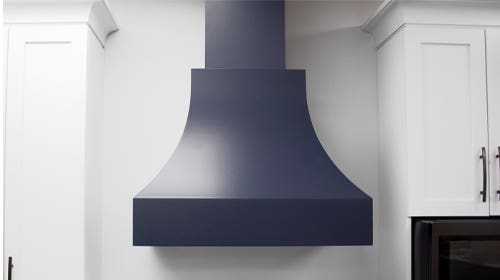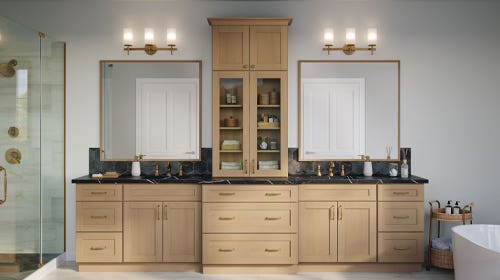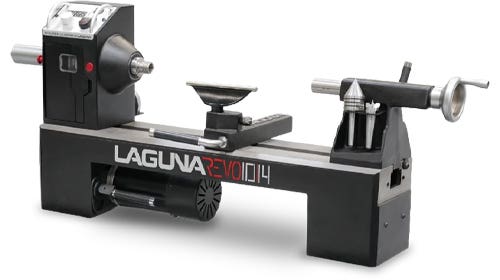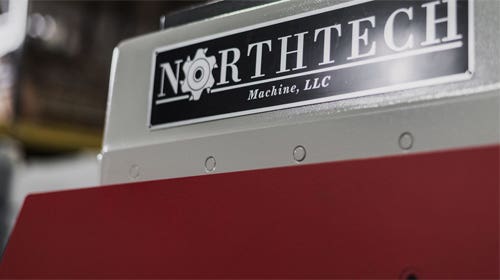No slack in demand for white oak
The distinct grain pattern and durability of white oak has made the classic hardwood a top domestic seller throughout history. Like anything, demand has dipped at certain points in time,…
The distinct grain pattern and durability of white oak has made the classic hardwood a top domestic seller throughout history. Like anything, demand has dipped at certain points in time, but now is not one of them, according to lumber suppliers interviewed by Woodshop News.
“White oak remains in vogue. It’s still probably one of the biggest domestic items in demand. We sell a lot of FAS top grade and there’s a lot of demand for character grade. There’s been no let-up in demand for a couple of years. It seems to be continuing,” says Bruce Stevens of Highland Hardwoods in Brentwood, N.H.
Native to eastern and central North America, white oak [Quercus alba] is sought-after for flooring, furniture, cabinetry and trim projects. Stevens says its yellowish/brown tone tends to appeal to many, and it’s chosen over red oak three-to-one for that reason, although both have grain patterns similar in appearance.
Availability can be tight, but it all depends on the cut and grade of the white oak selected. While plainsawn FAS and character rustic grades have standard lead times of two to three months, rift- and quarter-sawn may take a little longer.
“We maintain enough inventory and a lot of times it’s just in time from the mills. We have purchase orders out 60 to 90 days at sawmills,” says Stevens. “With the quarter-sawn and rift white oak, it’s not uncommon to have a four- to five-month lead time.”
Clint Dillon of Steve Wall Lumber in Mayodan, N.C. also sees intense popularity with all types of the species coupled with a tightening supply.
“A lot of people are into the character grade right now. White oak just seems to be moving pretty heavily right now. I’m not sure what the trend is on it or why, but we have been moving a lot of common white oak with the knots. It’s been pretty steady, knock on wood, and I hope it continues to stay that way. It’s just popular for some reason,” says Dillon.
“Availability is getting a little tight, especially on the quarter-sawn and rift-sawn side. The price may go up over time.”







